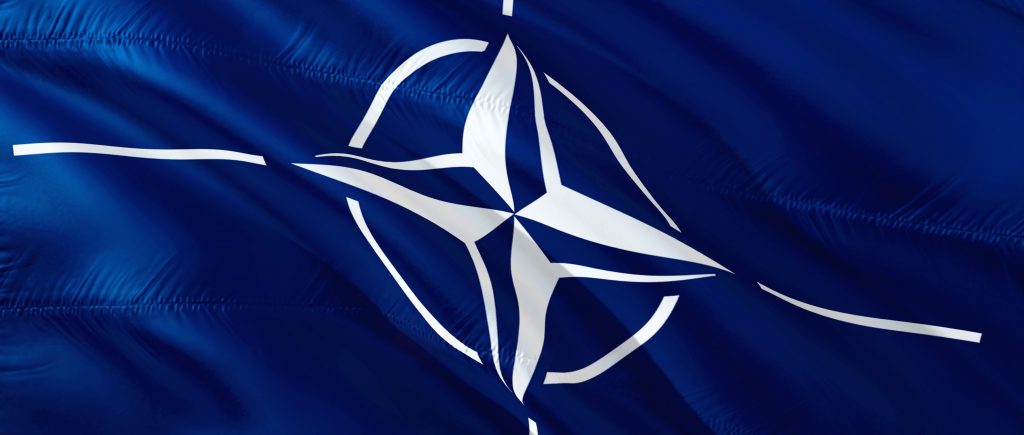The NATO summit in The Hague on June 24-25, 2025, has thrust defense budgets into sharp focus, with allies pledging to raise spending to 5% of GDP by 2035, up from the prior 2% target. Fueled by U.S. President Donald Trump’s call for equitable contributions and escalating Russian threats, this commitment raises a pressing question: can the UK and Eurozone handle this financial burden without sparking a crisis? The numbers signal a tough path—billions in added costs, strained public services, and political friction. Yet, collective security demands bold steps. Here’s why this pledge risks pushing economies to the limit and what lies ahead.
Scope of the 5% Goal
The target allocates 3.5% of GDP to core defense (troops, weaponry) and 1.5% to resilience (cybersecurity, logistics), a steep climb from current levels. UK Prime Minister Keir Starmer aims for 4.1% by 2027 and 5% by 2035, requiring an extra £30 billion annually. This challenges a post-Brexit economy already stretched by healthcare and education needs. Eurozone nations, bound by EU fiscal rules capping deficits, face similar hurdles. Germany and France must balance defense hikes with welfare, while Spain’s Prime Minister Pedro Sánchez, securing an exemption, deemed the target “unworkable” for his social-focused budget. The UK’s push for nuclear-capable F-35B jets, costing billions, further escalates financial pressures across the region.
Political Risks and Economic Trade-offs
This pledge is a political lightning rod. In the UK, diverting funds to defense, including F-35Bs, could fuel public anger as hospitals and schools compete for resources. Social media reflects fears that the £100 billion annual cost by 2035—twice today’s budget—might neglect climate or poverty goals. Eurozone nations face EU borrowing limits, forcing tough choices. Spain’s Defense Minister Margarita Robles prioritized 2.1% of GDP, arguing it meets NATO’s needs without gutting social programs. Italy’s Giorgia Meloni and Belgium’s Bart de Wever back a gradual rise to 3.5% by 2035, wary of voter unrest. Trump’s threat to cut U.S. support if allies fall short heightens tensions, risking NATO’s unity if targets slip.
Tensions and Diplomatic Maneuvers
While NATO secured the 5% pledge, divisions emerged. Spain’s opt-out, following Sánchez’s pushback, signals wider Eurozone doubts. Trump criticized Spain, demanding all allies “pay up,” while noting U.S. spending at 3.19% of GDP, a point of contention for France’s Emmanuel Macron amid U.S. tariff disputes. NATO Secretary-General Mark Rutte eased friction by tweaking summit language from “we commit” to “allies commit” to accommodate Spain. Eastern European nations like Poland, at 4.7% GDP, urged faster timelines, clashing with Western allies favoring 2035. These splits highlight the challenge of aligning national budgets with alliance goals, especially for smaller economies.
Shaping the Future
Meeting this target requires ingenuity. The UK might raise taxes or trim public spending, but both risk backlash amid economic strain. Eurozone states could pursue EU-wide defense funding or joint procurement, like shared F-35 support, though frugal nations resist. A phased approach with a 2029 review offers flexibility, but delays could weaken deterrence. Emerging technologies, including AI-driven defense systems, could optimize spending but require upfront investment. The stakes are high: failing the target risks emboldening adversaries, while overextending budgets could destabilize economies. By 2035, success hinges on blending fiscal caution with strategic innovation, ensuring security bolsters rather than burdens prosperity.

 Noor Trends News, Technical Analysis, Educational Tools and Recommendations
Noor Trends News, Technical Analysis, Educational Tools and Recommendations




